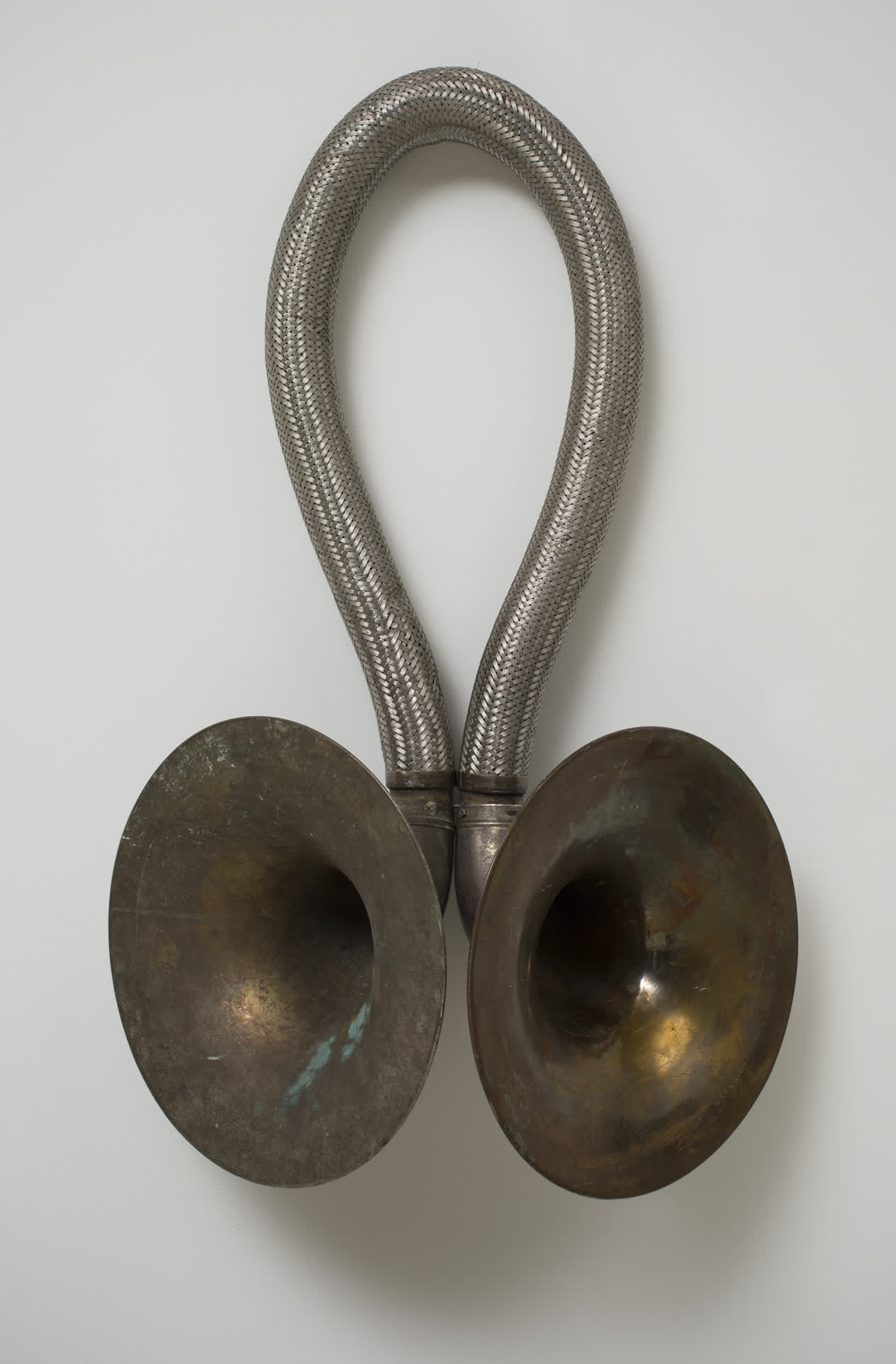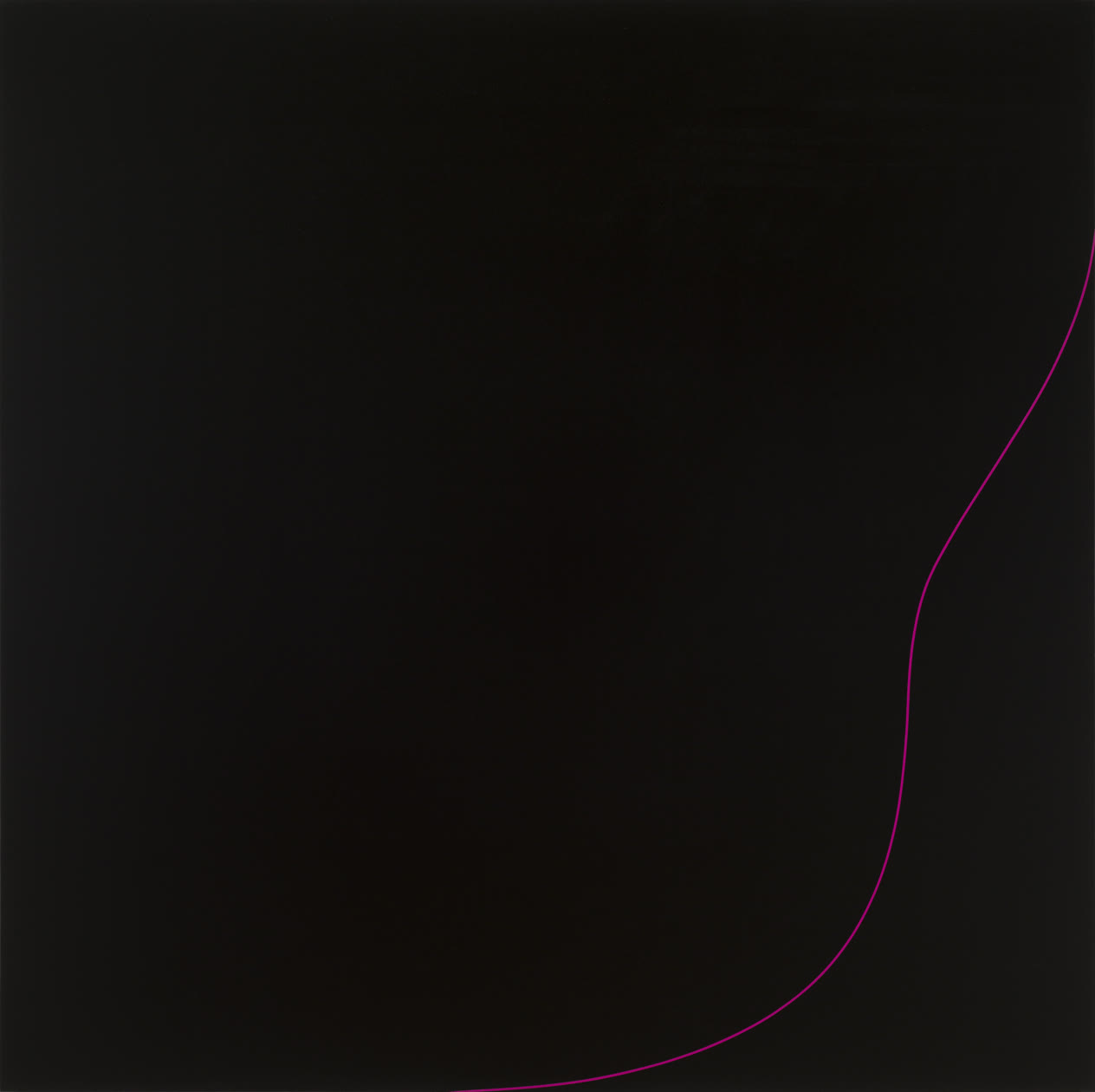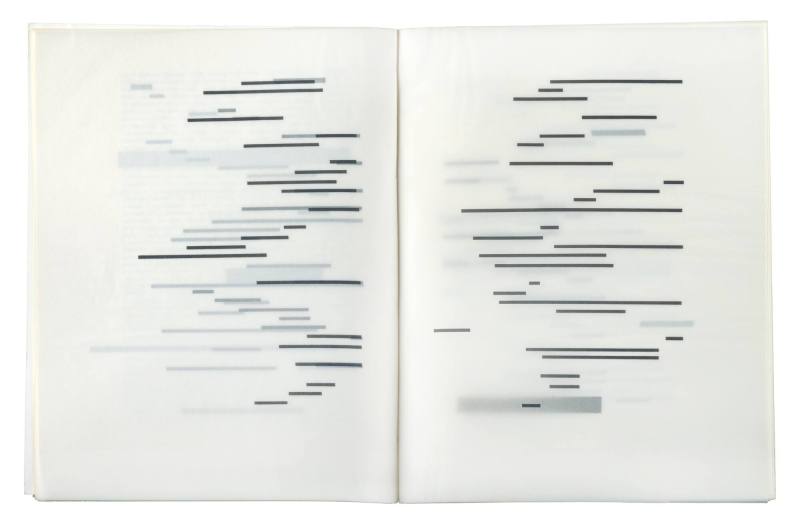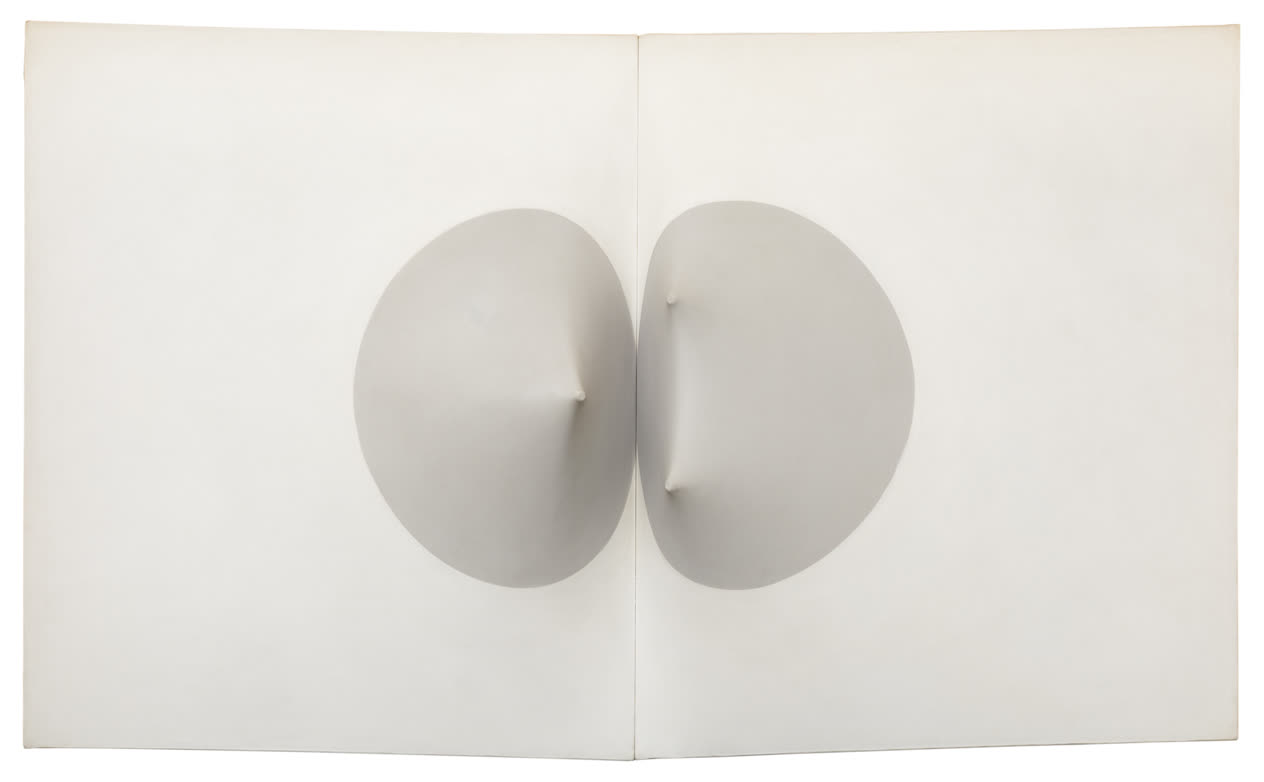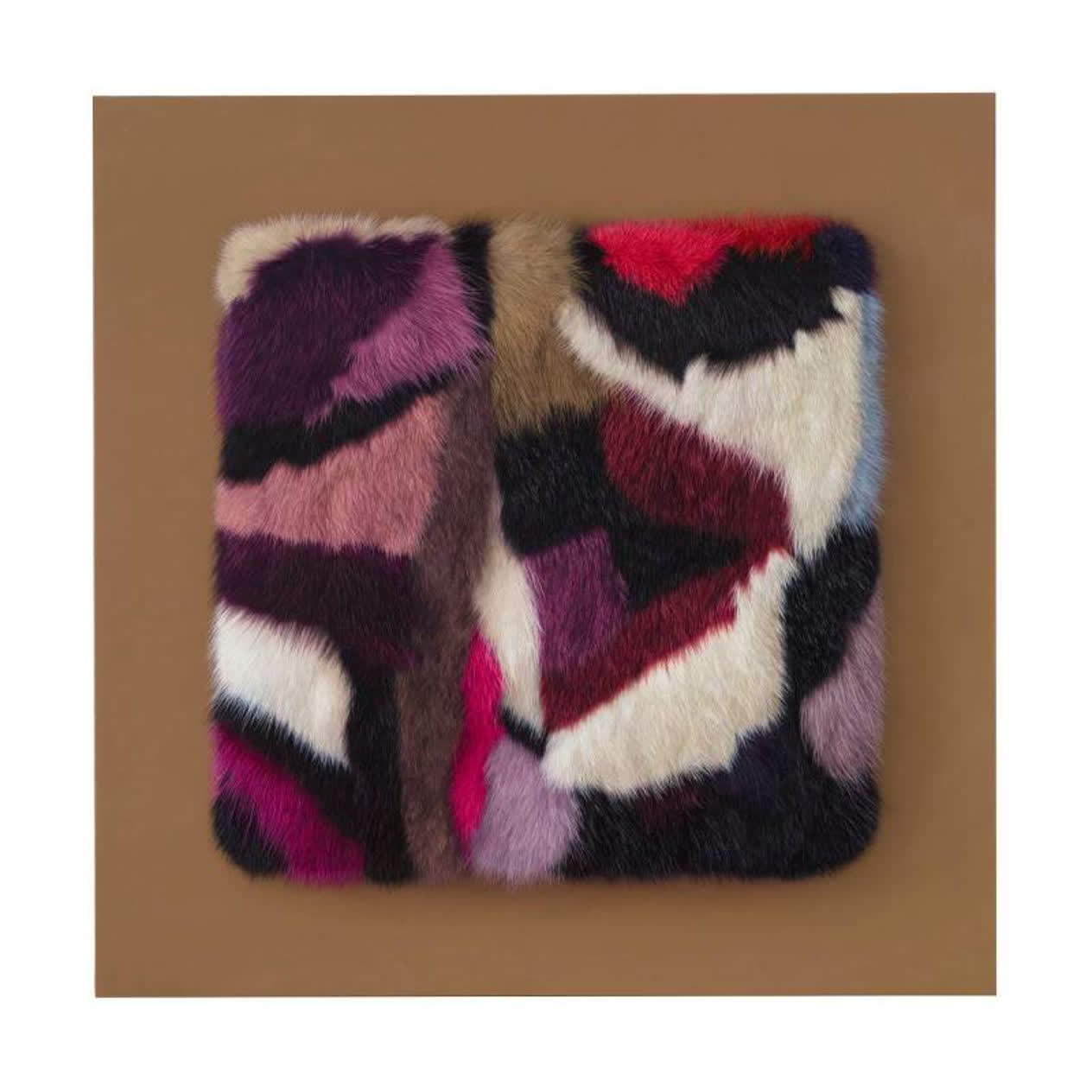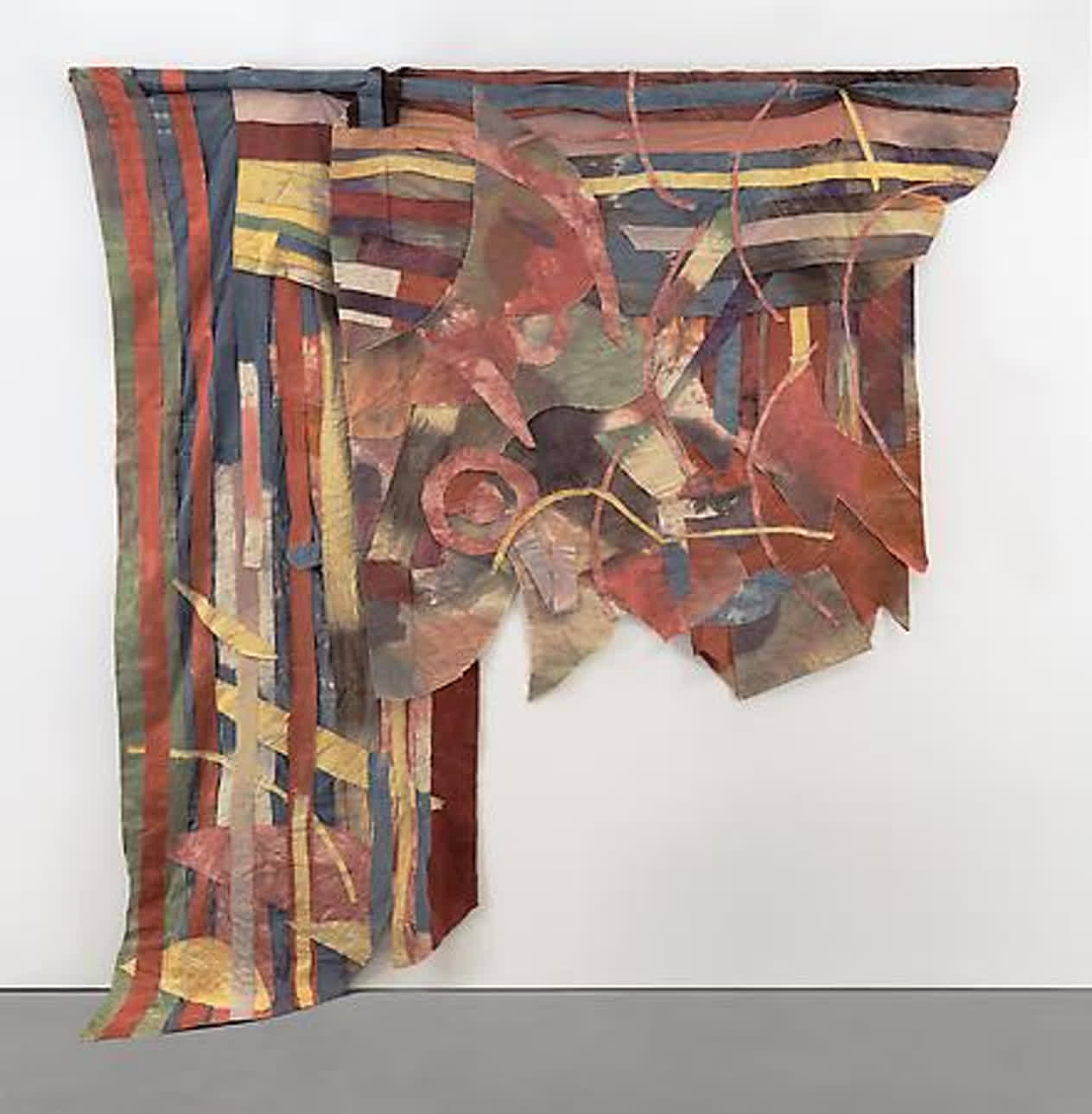Jamilah Sabur I will wet you (pl.) with the new water 2018
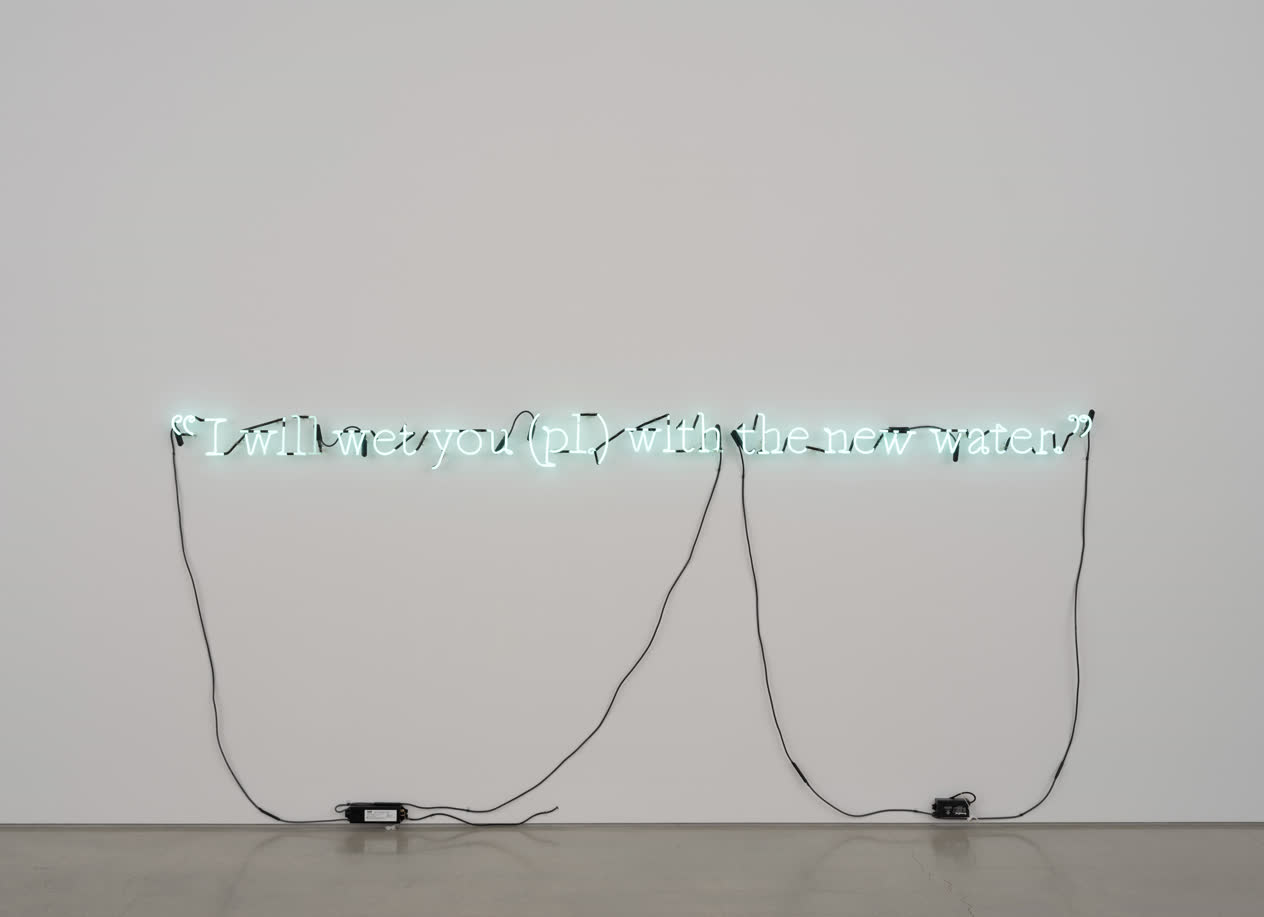
© Jamilah Sabur

Moving freely from video installations to paintings, sculptures, photo collages, and ritual-like performances, Jamilah Sabur interlaces conceptual art practices with highly personal narrative content, incorporating, for example, references to her mother’s recollections of their family’s ancestral home in the Blue Mountains outside of Kingston, Jamaica. Sabur also draws from heavy research into various topics, from climate change to Indigenous histories. I will wet you (pl.) with the new water is based on Sabur’s fascination with the Timucua people, a Native American tribe that stretched from north central Florida to southeastern Georgia; the last Timucua died in the 1700s. Sabur immersed herself in the study of the Timucua while in residence at the Crisp Ellert Art Museum at Flagler College in St. Augustine, Florida. It was there that she first encountered the work of George Aaron Broadwell, a professor at the University of Florida who is the leading scholar on Timucua language and culture. Sabur was struck by Broadwell’s translation into English of a Timucua translation of a tract on baptism from 1612 originally written in Spanish by Francisco Pareja, a Franciscan missionary. With poetic efficiency, Sabur’s work encompasses a host of associations, simultaneously evoking the complexities of human language, the difficulty involved in transmitting and preserving cultural traditions across gulfs of time and context, and the spiritual limitations of Western disciplines like anthropology—all while conjuring a melancholic tone, as if lamenting lost knowledge.
Identification
Title
I will wet you (pl.) with the new water
Production Date
2018
Object Number
2018.007
Credit Line
Collection Pérez Art Museum Miami, museum purchase with funds provided by Diane and Werner Grob
Copyright
© Jamilah Sabur
https://www.pamm.org/en/artwork/2018.007
Copy artwork link
Physical Qualities
Medium
Neon
Dimensions
Full neon: 8 x 144 inches
Visual Description
“I will wet you (pl.) with the new water by Jamila Sabur is a neon artwork created in 2018. The bright glow of the turquoise color neon sign spells out, in quotation marks, “”I will wet you, followed by the letters pl, a period in parenthesis and the phrase continues, with the new water””. In written American English, quotation marks usually refer to direct speech. The phrase is mounted on a large white wall. The length is about one hundred and forty-four inches, or twelve feet across. The neon lettering measures at most eight inches high, give or take several inches for the varying heights of each of the letters. The piece protrudes a little under an inch from the wall.
This work is based on the artist’s fascination with the Timucua people, a Native American tribe that stretched from north central Florida to southeastern Georgia; the last Timucua died in the 1700. The double quotation marks appear in the top left of the first word, in this case the letter ‘I.’ These quotation marks look like inverted commas. The entire phrase is written in a serif style font, meaning it has a decorative stroke, sometimes also called “feet” that finishes off the end of a letter’s stem. Neon lights consist of electrified glass/black tubes, which in this case are located behind the neon letters with two black, rectangular shape boxes. These small rectangular boxes are the electrical transformers needed to power the neon tubes. The artwork looks as if the artist stretched out her arm and wrote the phrase with her finger directly on the wall in bright turquoise light. You find similar neon signs around town that say common sayings like, “MIAMI,” “OPEN,” “DOLPHINS…” etc. “








